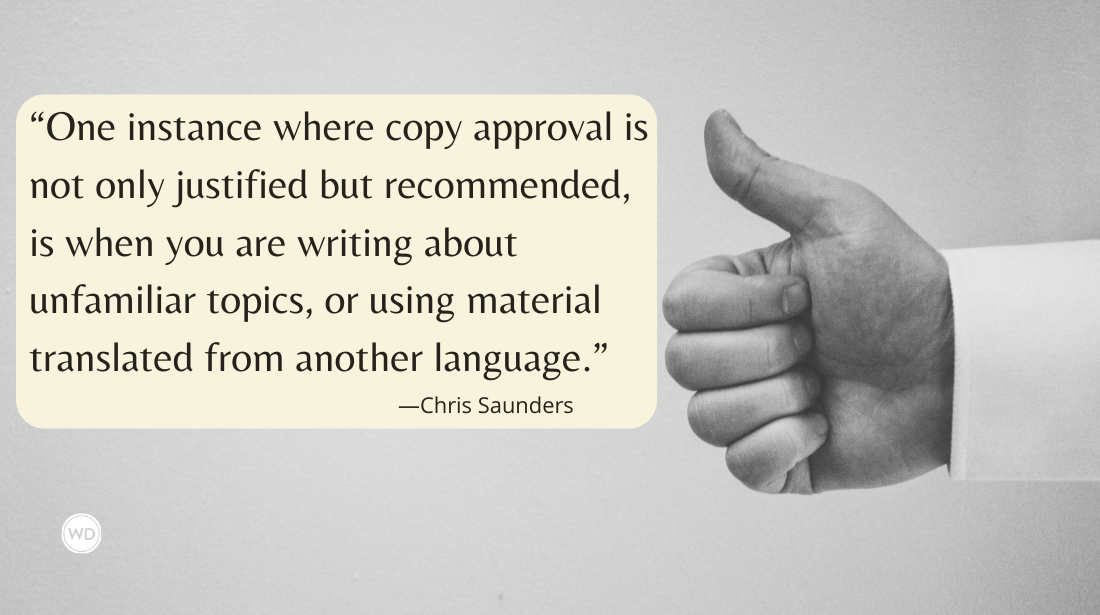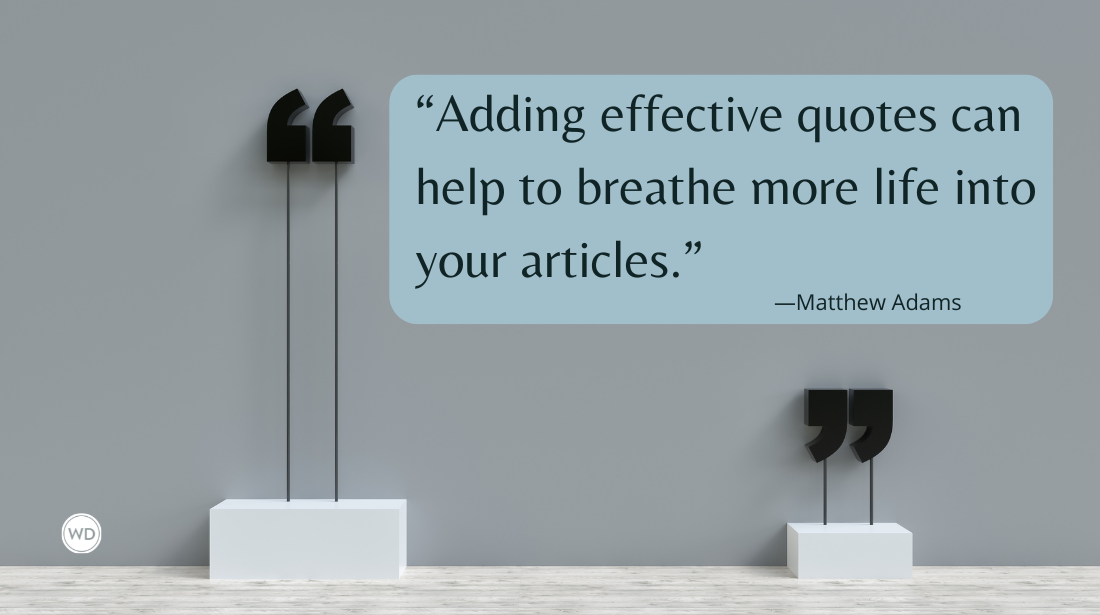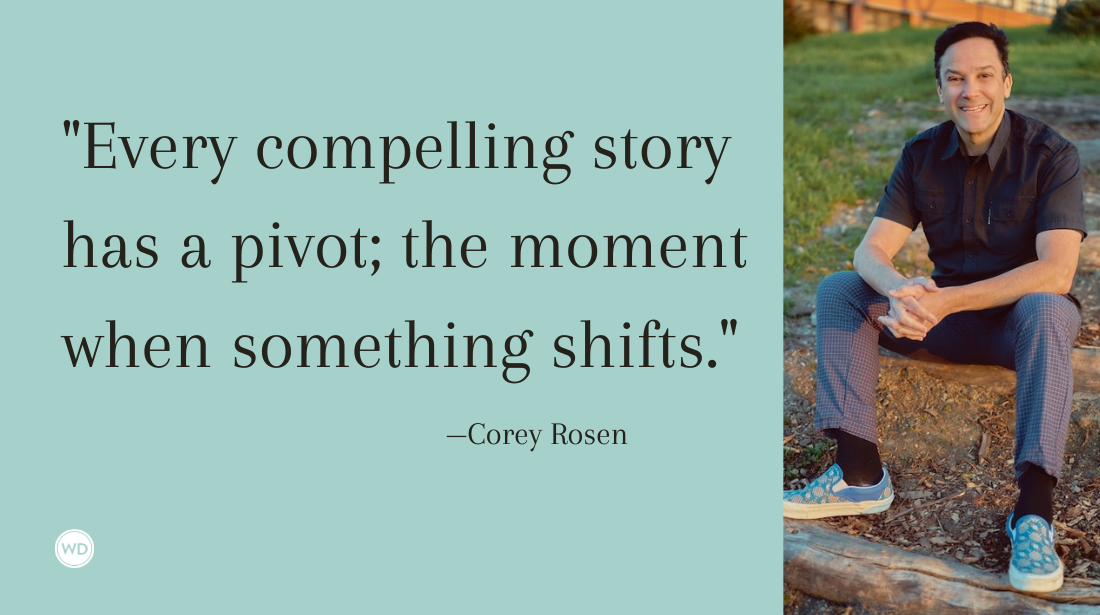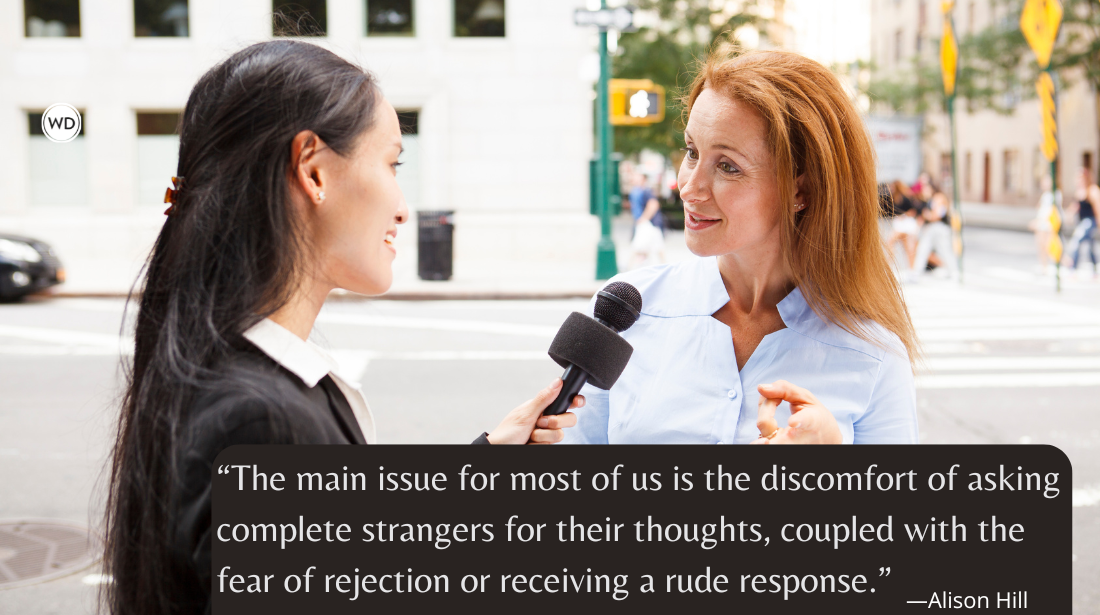Selling the Sizzle: Your Proposal
In this excerpt from Chapter Seven: Selling the Sizzle: Your Opening and Hook from How to Write a Book Proposal, 4th Edition by Michael Larsen, you’ll: Find out what agents look for in a hook Choose the opening that fits your book See examples of successful openings and hooks
Selling the Sizzle: Your Opening and Hook
Your overview is the sizzle in your proposal. If it doesn’t sell you and your book, agents and editors won’t check the bones (the outline of your book) or try the steak (your sample chapter). Ask yourself: “What will excite editors who have seen thousands of proposals?” You’re not selling just your book, you’re selling yourself. So, like your proposal, every word must help answer one of these two questions in as few words as possible:
• Why this book?
• Why you?
The opening of your proposal must convince readers your book will have what it takes to succeed in an increasingly competitive marketplace. Your overview sets the standard for the tone, style, and quality of what follows. Your proposal must convince an editor of the following:
• You have a salable idea.
• You can write it.
• You can promote it.
Whether you are selling a proposal with a sample chapter, a complete manuscript, or a self-published or previously published book, you need an overview. The overview provides editors with the information they need to write the proposal they use to help justify buying a book at their weekly editorial board meeting.
Your Opening Hook
Begin halfway down the page and center the word Overview. Then, as briefly as you can, hook editors to your subject with a quote, an event, an idea, a joke, a cartoon, or a statistic—the single most exciting thing you can write about the subject that makes your book sound new, needed, and timely. A hook can also be a compelling anecdote that supports a statistic.
For example, if you are writing a how-to book, consider starting with an anecdote about how someone used your technique to solve a problem or improve his life. Then provide a round, accurate figure for how many people need your book.
For a business how-to book, the story might be about how the Wide-Open-Spaces Company in Wherever, Texas, used your technique and increased its sales by 100 percent in six months. Your next sentence can mention how many other companies can benefit from the same approach. You must convince editors that your subject warrants a book. Try to make your hook grab readers the way the lead paragraph in a magazine story does. If you’re writing a narrative book that reads like a novel and has a dynamite opening, start with the first paragraph.
United Press International tells its journalists if they hook readers with the first six words, readers will read the first paragraph. If they read the first paragraph, they will read the first three paragraphs, and if they read the first three paragraphs, they’ll finish the story.
Editors vote with their eyes. Everything you write must make them vote to keep reading.
Example:Climbing the Corporate Ladder in High Heels
Kathleen Archambeau, a speaker, executive, and consultant, nailed the market for the book in her first sentence. She then used other stats and compelling copy to help sell her subject with admirable brevity. Here’s her hook:
There are 63 million working women in America. But only one percent are in the CEO and Chairman ranks in the Fortune 500, and only five percent are top earners. While women comprise nearly 50 percent of the workforce, they perform more than 90 percent of the household and childcare duties.
More than 40 percent of corporate professionals over forty never marry or have children. So they ask themselves: “Has my life become all work and no play? Does having a successful career mean losing out on a happy life?” They can have it all, but not all at once.
Example:The Everyday Advocate: How to Stand Up for Your Autistic Child
In The Everyday Advocate, Areva Martin created a compelling blend of memoir and advice. Being a frequent guest on Dr. Phil helped as an autism expert sell her book, as did the quote Dr. Phil McGraw, also a best-selling author, provided. He hailed the book as the book on the subject. No wonder Laney Becker at the Markson Thoma Literary Agency was able to convince New American Library to snap the book up.
Overview
I’m no stranger to hardship. You don’t go from being a young girl, raised by a disabled grandmother and a night-shift janitor, to being a Harvard law honors graduate who runs a successful law firm in LA, without a lot of sweat and tears. After coming so far, I assumed the toughest challenges were behind me; I thought I could handle anything. Then I had an autistic child.
Today, one out of every 150 children born in the United States has autism. That’s more than a 700 percent increase in the number of children diagnosed in the last twenty years. The Center for Disease Control has declared autism a national health crisis—yet there is no central source of information for this rapidly growing epidemic.
While I searched for ways to help my son, Marty, most of the information I found was conflicting and difficult to understand. Misinformation, ignorance and intolerance abound, even among the caregivers and experts we’ve all learned to trust. As Marty grew older, I faced new, more complicated battles, including getting him the education and health care services he needed. Even with my legal expertise, learning to be an advocate for my own son was, and remains, the biggest challenge I’ve ever faced. I found myself thinking: If it’s this hard for me, it’s got to be impossible for anyone without the benefit of my education, training and legal experience.
In The Everyday Advocate: How to Stand Up for Your Autistic Child, I share my hard-won knowledge not only with other parents—but with relatives, caregivers and professionals—making the book a valuable read for everyone who loves or cares for children with autism.
Areva’s hook is longer than what’s advisable for most books, but her book warranted a more detailed hood. A chapter outline from her book is in chapter twenty-five.
Example:The Compassionate Carnivore: Or, How to Keep Animals Happy, Save Old MacDonald’s Farm, Reduce Your Hoofprint, and Still Eat Meat
Here’s how Catherine Friend’s authoritative, engaging voice helped sell her book.
Meat is the flesh of a dead animal.
While the people who can’t deal with this fact bury their heads in the sand, an ever-growing group of folks is paying attention. They can pronounce sustainability. They want to consider humane ways to raise animals. They want to do the right thing. They buy organic vegetables, drink fair-trade coffee, and consider the impact of their purchases on the planet. They are—and here’s the key—connecting their purchases to a problem.
These conscious consumers had help making these connections. When environmentalists connected the air, water, and global-warming problems to people’s actions, people began to say, “What I do really does make a difference.” They began to care and to change.
But when it comes to meat, the connection was severed decades ago when people moved to cities and began eating Swanson’s Chicken Pot Pies and Oscar Meyer Hot Dogs. We forgot that a chicken was killed to make the pot pie, that a steer and hog were killed to make the hot dog. A huge gap appeared between us and our meat.
Example:Stooples: Office Tools for Hopeless Fools
Being desk-bound galley slaves, editors could relate to Stooples, and the authors (Kevin Reifler, Adam Najberg, and Nick Vacca) made it easy for them to get a sense of the book’s potential.
American businesses receive millions of catalogs a year from Staples, Office Max, Office Depot and others. They support an office supply market that spends $325 billion a year and grows by 4 percent a year. The leader of the pack is Staples, a juggernaut with more than 500 stores in nine countries and annual sales of more than $3 billion.
But what if a Staples catalogue went off the deep end? What if instead of pens, pencils and computers, it offered Office Massacre Defense Systems, Rubick’s Cubicles, Snivel Slacks, Disappointing Revenue Ritalin and Accent Decoders. What if every product was highlighted by a humorous photo that made good-natured fun of the ineptitude and wackiness of businesses large and small?
Then you’d have Stooples: Office Supplies for the Rest of Us by Kevin Reifler, Adam Najberg and Nick Vacca.
Putting a Number to It
Let’s say you want to write a book about a new way to stop drinking. Like average readers, editors are aware of the problem in a general way. You need to provide statistics about how many people drink too much and the toll it takes in lives, health costs, and lost work time to convince editors the subject merits another book.
Using numbers—dates, geography, money, size, the number of people, the growth of a trend—will
• give credibility to your facts and to you as an authority on the subject
• put the subject into context for editors
• prove there will be wide national interest in the subject when your book comes out two years from now.
You’ll use some of this information again in the section on markets.
Your Book Hook
After you hook editors to your subject, the next challenge is to ensnare them with the essential information about your book:
• The title and the selling handle for your book. Even though the full title is on the title page of your proposal, repeat it here and then use a short version of it.
• The books or authors serving as models for your book.
• The expected (or actual) word count of your manuscript (and the number of illustrations, if you use them) and how many months after receiving your advance you will deliver your manuscript.
• An optional list of your book’s major benefits (discussed in chapter ten).
• An optional list of your book’s special features: anecdotes, humor, checklists, sidebars, exercises, summaries, boxed copy, icons, and anything else you will do to give you book visual appeal, links to Web content, back matter, and anything else you will do to make your book visually appealing and useful.
• (Optional) If you’ve self-published your book, tell editors whatever will help sell it. Include
• sales figures and information about subsidiary-rights sales.
• a list of changes, if any, you want to make in the new edition.
• how many manuscript pages of new material you will add, if any.
• the number of months after signing you will deliver the manuscript.
Include reviews and articles about the book with key passages underlined.
Example:Day of Deceit: The Truth About FDR and Pearl Harbor
A concise example by Robert Stinnett whose book we sold to Free Press:
Day of Deceit: The Truth About FDR and Pearl Harbor will be the first book to prove that FDR knew in advance about Pearl Harbor and approved it. The manuscript will be X pages with forty-three illustrations, and author will deliver the manuscript nine months after receiving the advance.
About the Book
Master all the elements of a persuasive proposal with How to Write a Book Proposal, 4th Edition by Michael Larsen.
Online Exclusive: Q&A With Literary Agent Michael Larsen
Literary agent Michael Larsen shares wisdom from over four decades in the publishing industry.
Michael Larsen is of Larsen-Pomada Literary Agents. He has represented hundreds of books, and authored the guide HOW TO WRITE A BOOK PROPOSAL, 4th Ed. He runs the San Francisco Writers Conference, which takes place every President's Day weekend.









